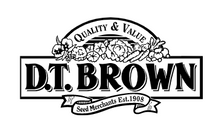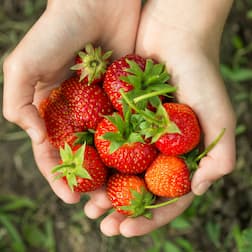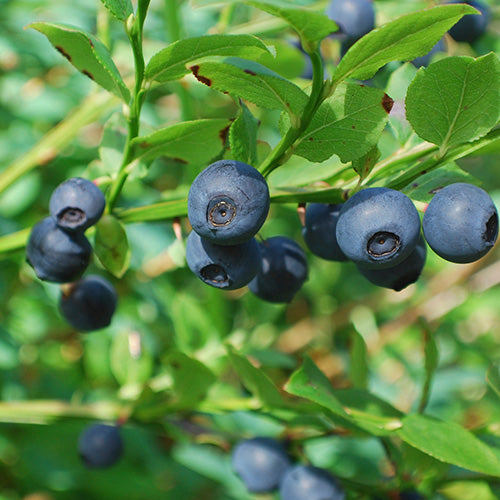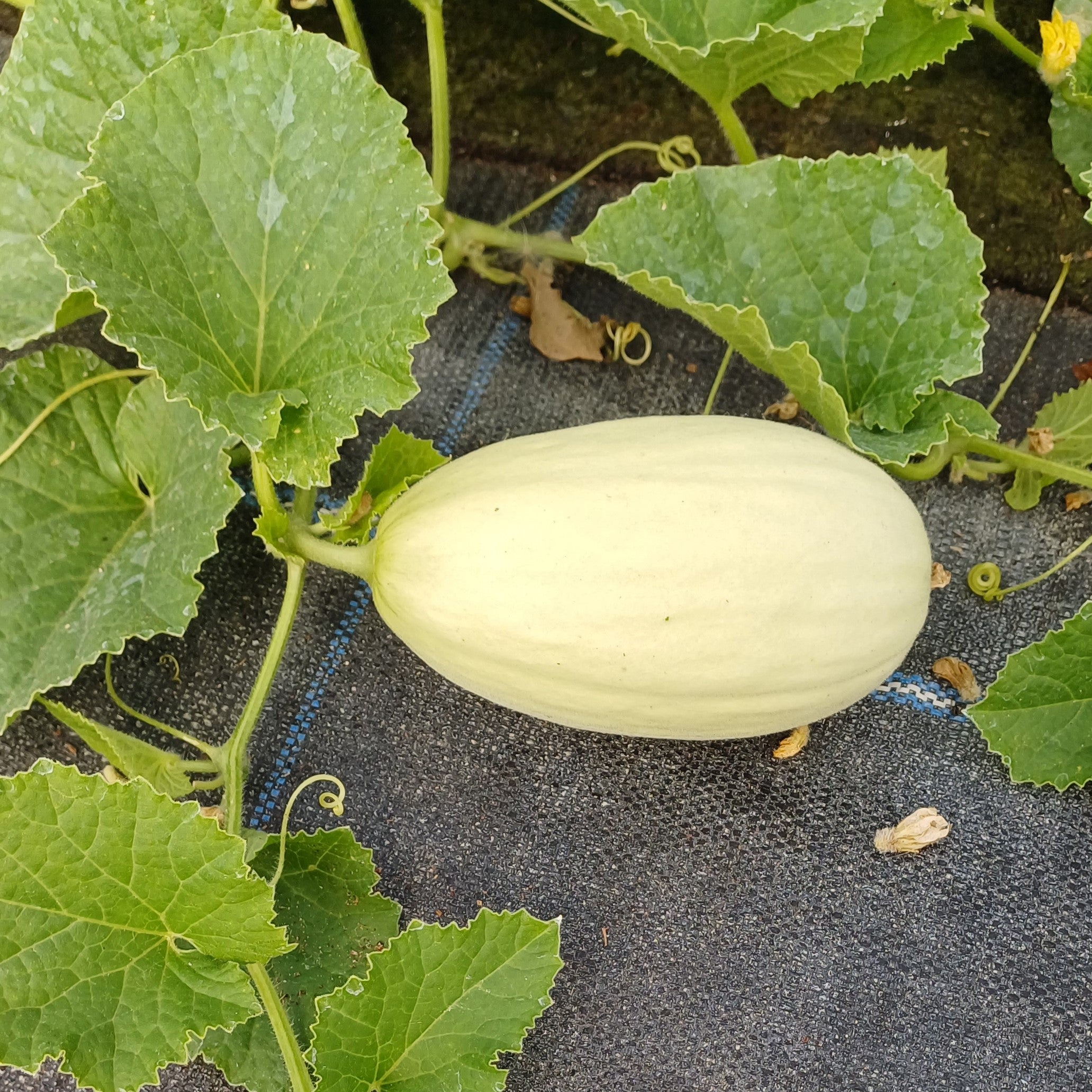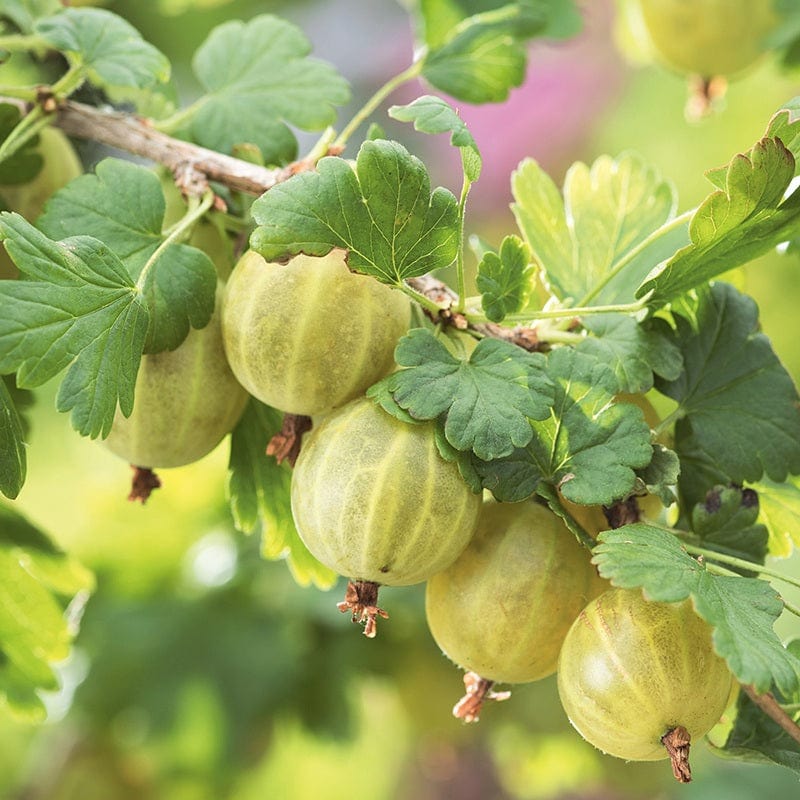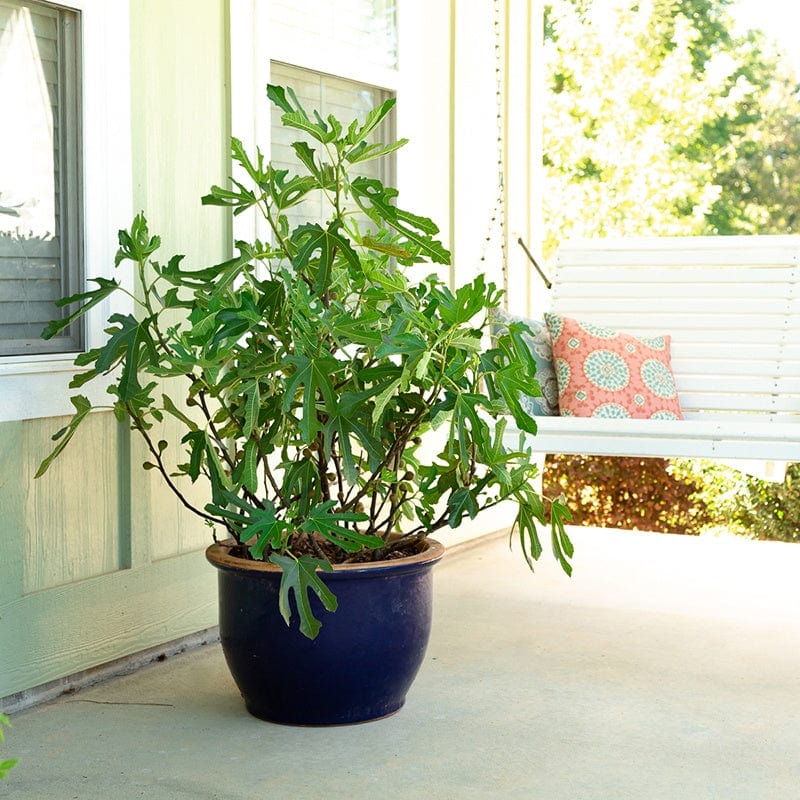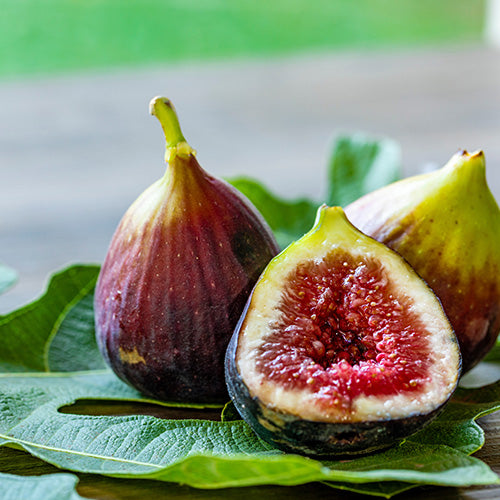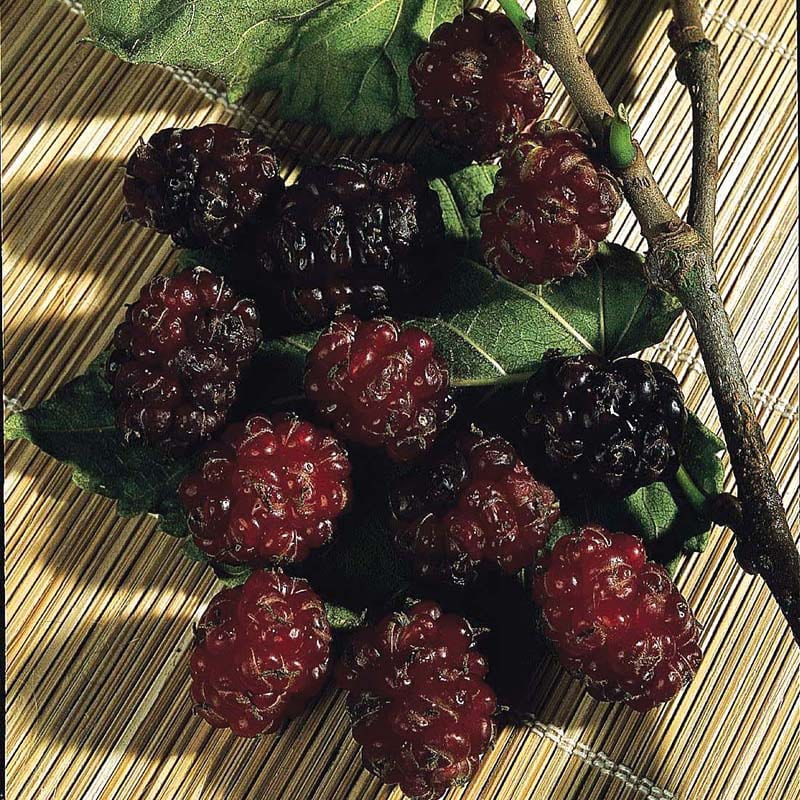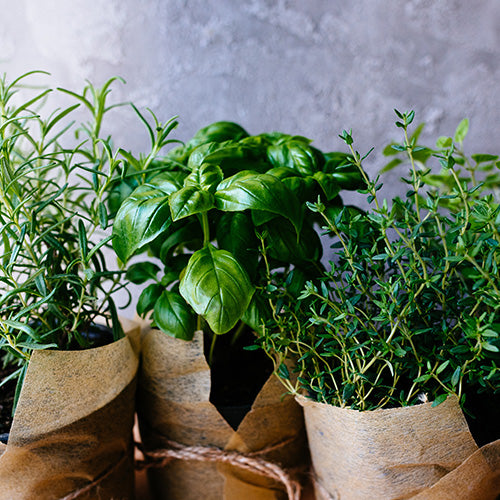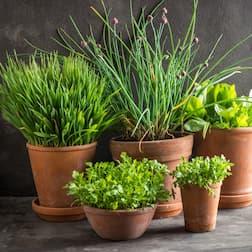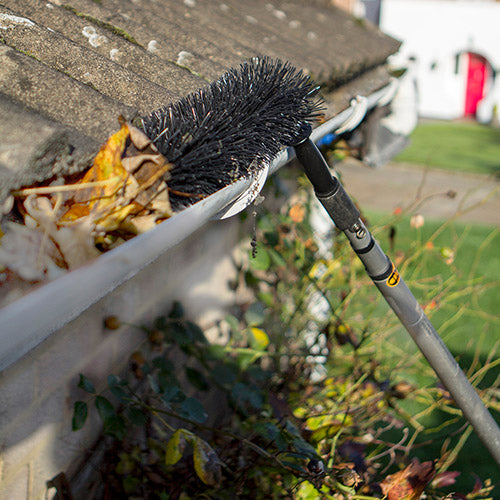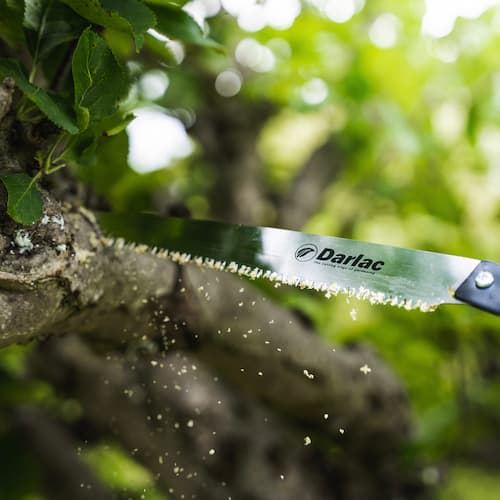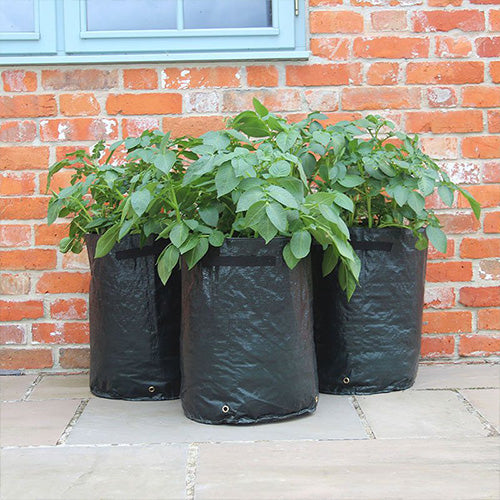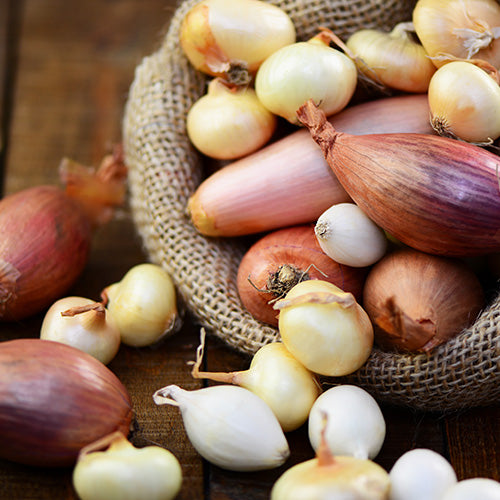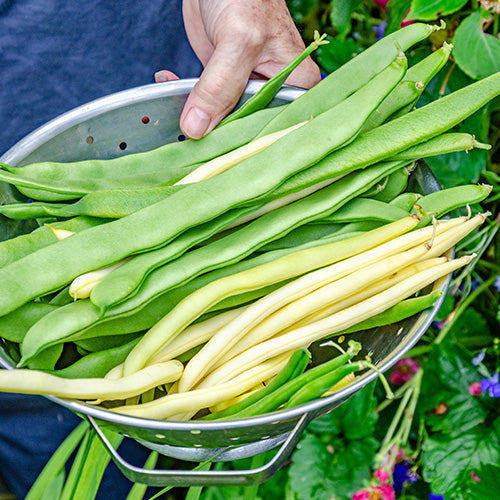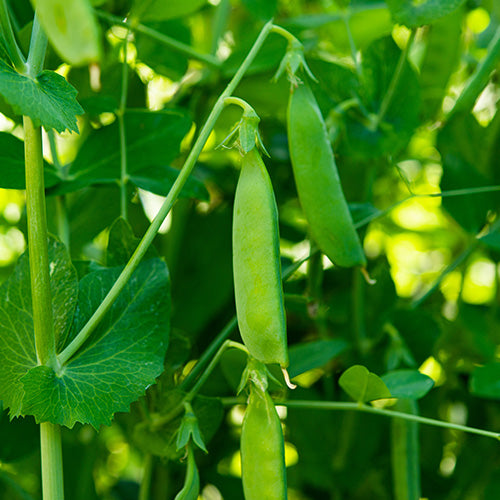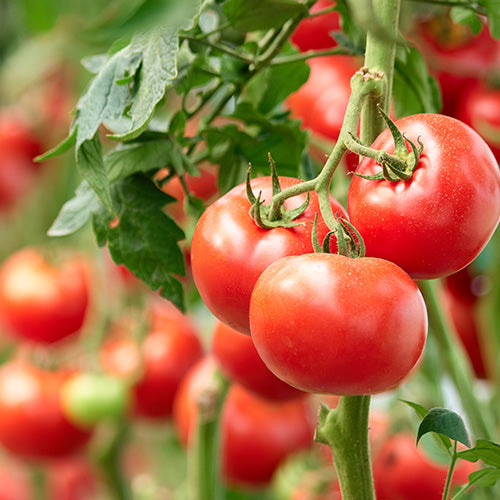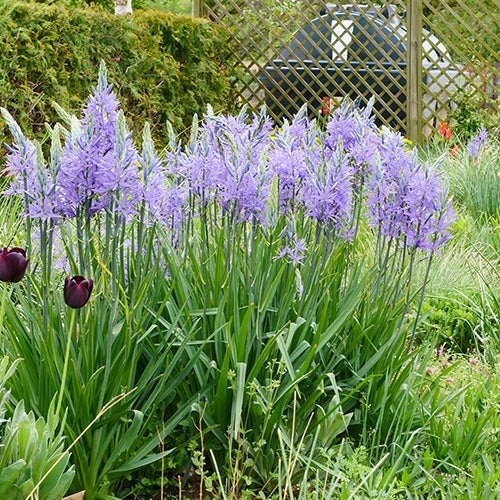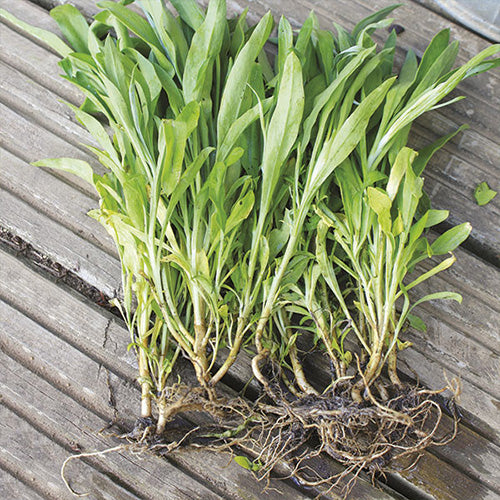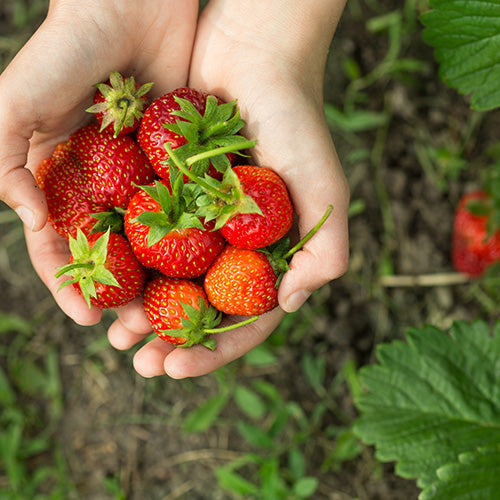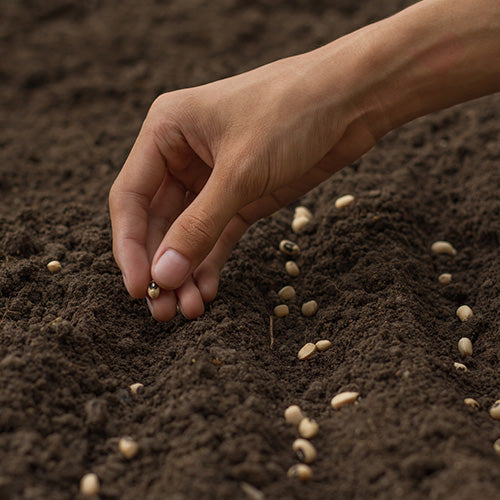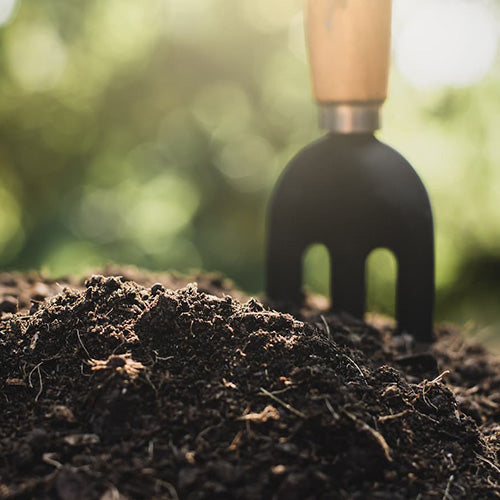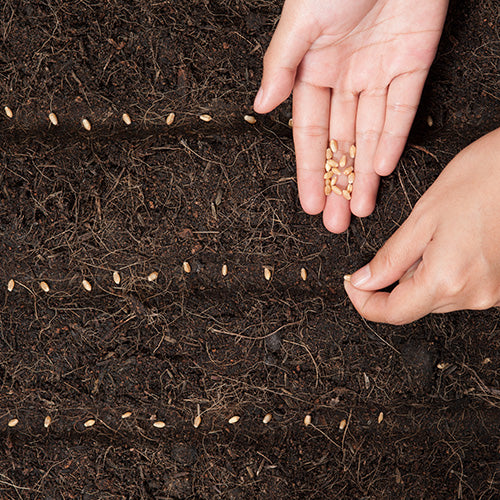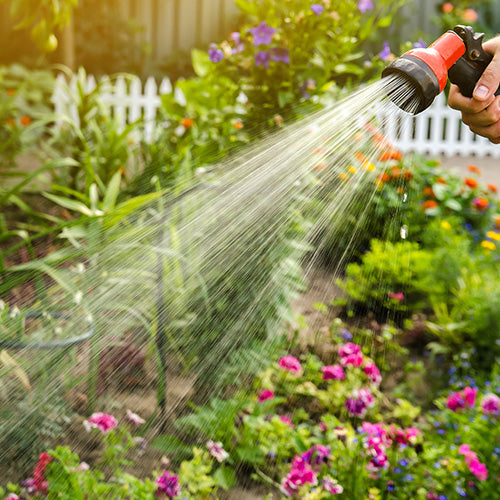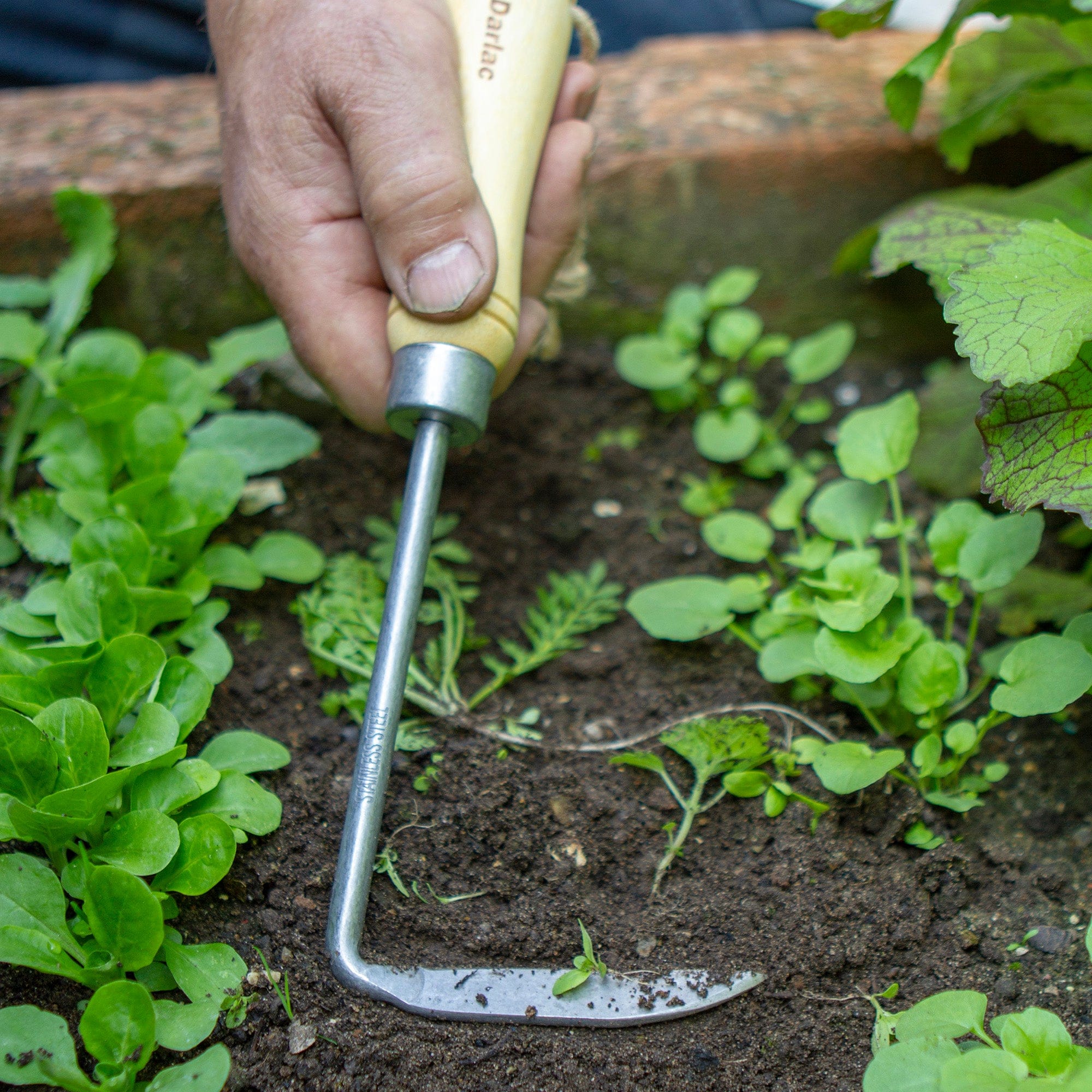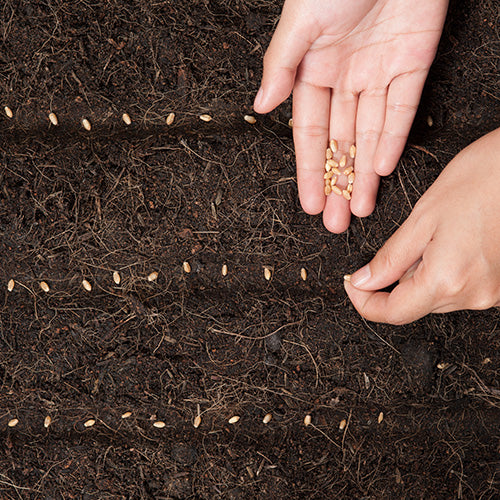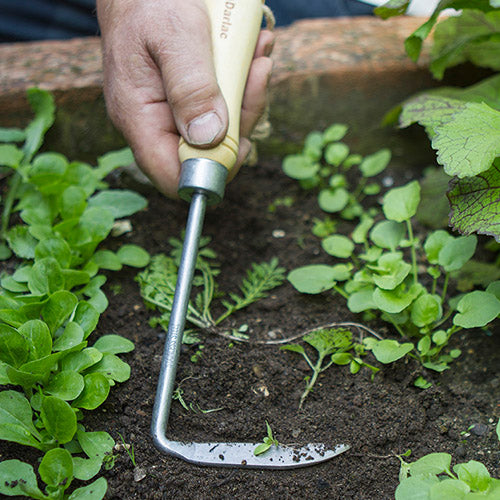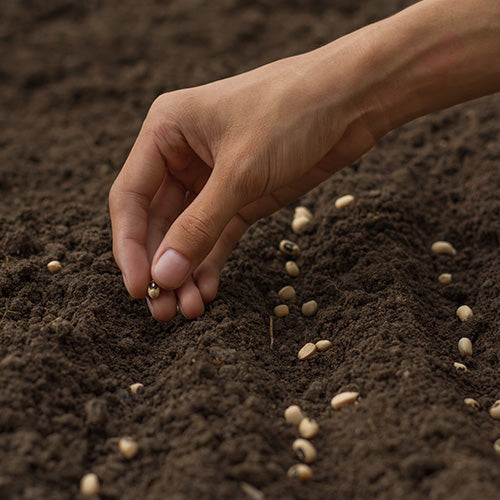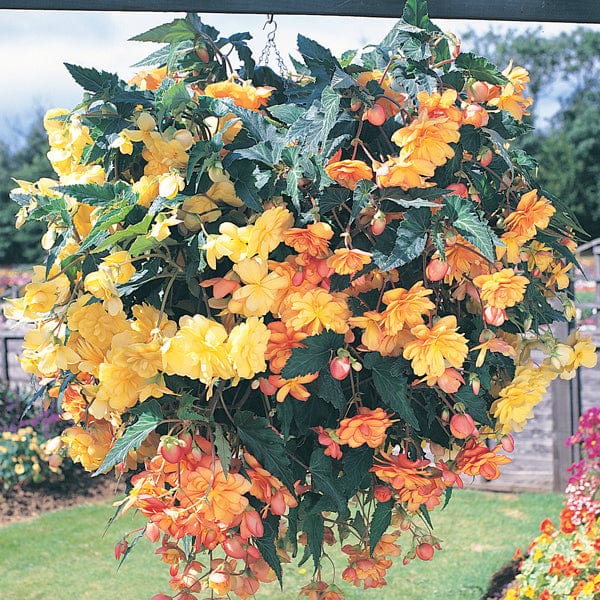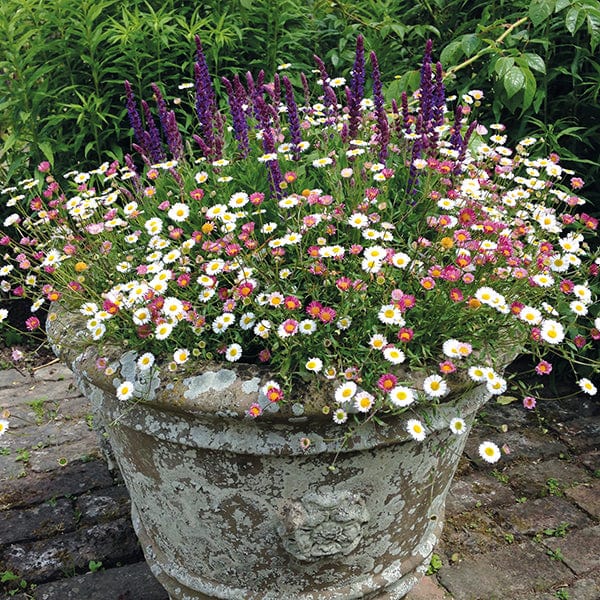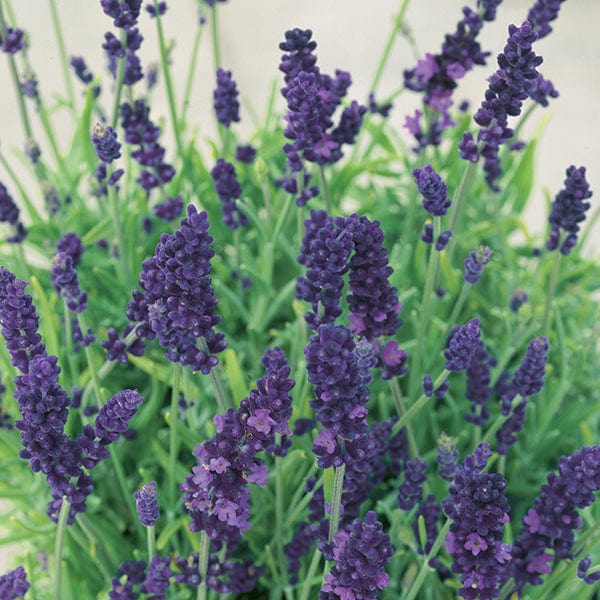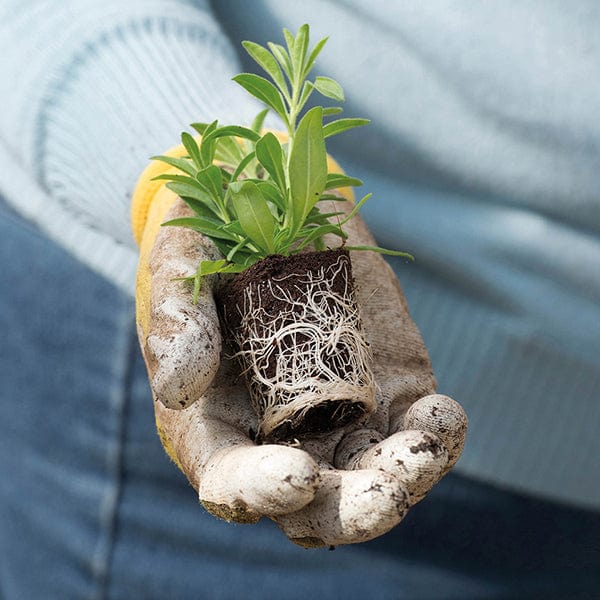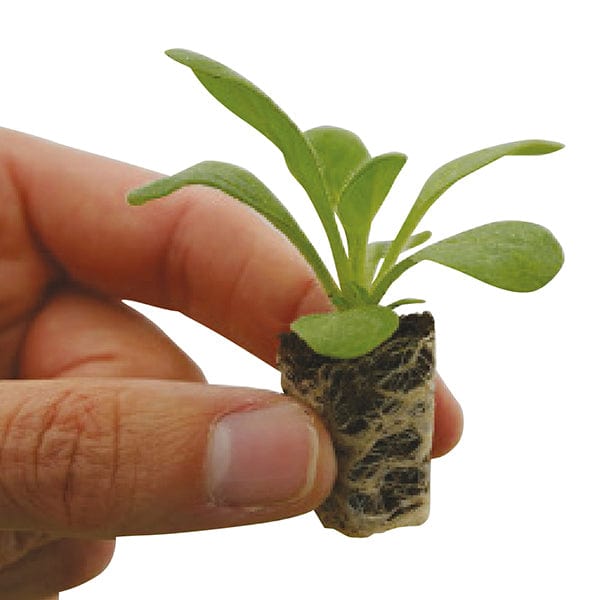Which crops you grow determines how the seeds are sown. Some can be direct sown where they are to grow, others are sown in a seed bed and then transplanted to their final growing position, while others need to be sown indoors in pots of compost with some bottom heat.
Direct Sowing
The vast majority of vegetables are grown by sowing the seed directly into the soil where they are to grow. To do this you make a shallow trench (called a drill) with a cane or corner of a Dutch hoe. The seed is sown directly into the drill and covered with soil that is lightly firmed down. Always sow evenly and thinly to avoid excessive thinning out of the crop afterwards; final seed/seedling distances are given in the guide for each crop. The soil is then watered to provide adequate amounts for the seeds to germinate.
Indoor Sowing
To provide plants for earlier crops or for tender crops that can't tolerate early spring temperatures, the seed is sown indoors with heat - preferably in a thermostatically-controlled propagator - although germinating on a warm windowsill or in a warm conservatory are other possibilities. Where this is needed this guide gives details of the best temperature to use; remember that this temperature should be kept as 4 constant as possible throughout the germination process.Once the seed has germinated the resulting seedlings will need to be kept at a cooler temperature but a cold greenhouse will normally be too cold for the seedlings to grow on without a check to their growth. The seedlings are then transplanted (pricked out)individually into small 3-3.5in (7.5-9cm) pots or cell trays for growing on. Before these plants can be planted outside they will need to be acclimatised to the temperature outside. To do this move the plants to a warm, sheltered position outside on a warm, still day and then bring back in at night. Then leave them outside all day - either in an open coldframe or covered with fleece. This hardening off process should take between 10 and 14 days.
Seed Bed Sowing
A seed or nursery bed is a carefully prepared and area in a warm, sheltered position with finely tilled, fertile soil. It is often used to start brassicas, leeks, bulbing onions etc. before they are moved as rapidly developing plants to their final growing position. In this way, they can be watched carefully and do not take up valuable space in the main veg patch.
Protected outdoor sowing & growing
Most seeds won't germinate below a soil temperature of 45°F (7°C), so early sowings must be delayed until the soil has at least reached this temperature. One way to speed up this process is to warm the soil by putting cloches or clear plastic sheeting or even bottomless plastic bottles over the soil a few weeks before sowing or planting out. The protection should be kept in place over the seeds and plants for a few weeks or until the weather warms up or the sudden shock of lower temperatures can kill them or seriously affect their growth. Fleece is a good stand-by to cover susceptible plants when a cold spell is forecast; simply drape the fleece over the plants or, better still, support it over the plants ; remember to remove the fleece during warmer weather.
Top Green Tip : Sow quick growing and fast maturing crops little and often to prevent the glut/famine cycle which occurs when long rows are sown in one go. By sowing shorter rows at 10 to 14 day intervals you will harvest just what you need over a much longer period.
